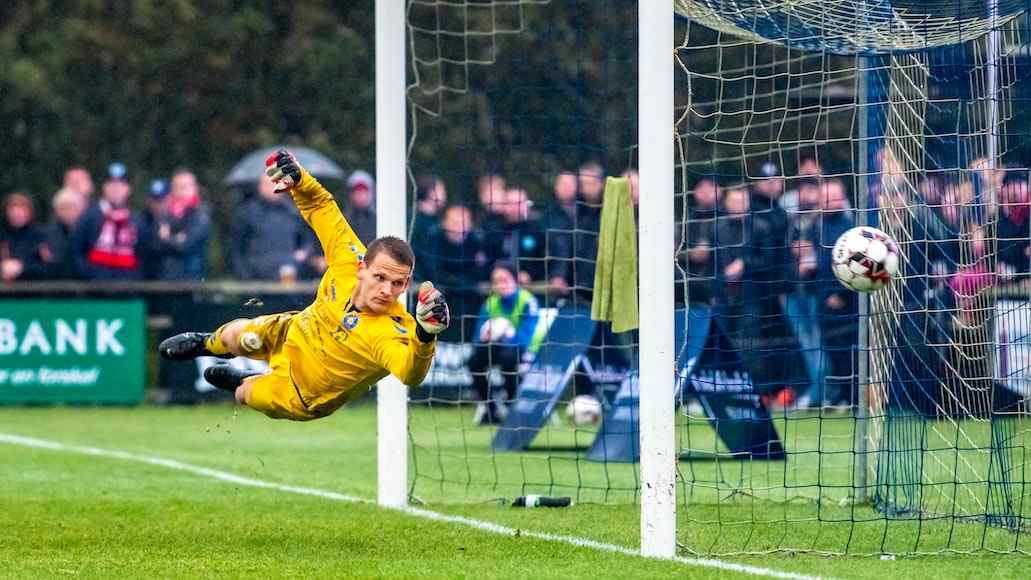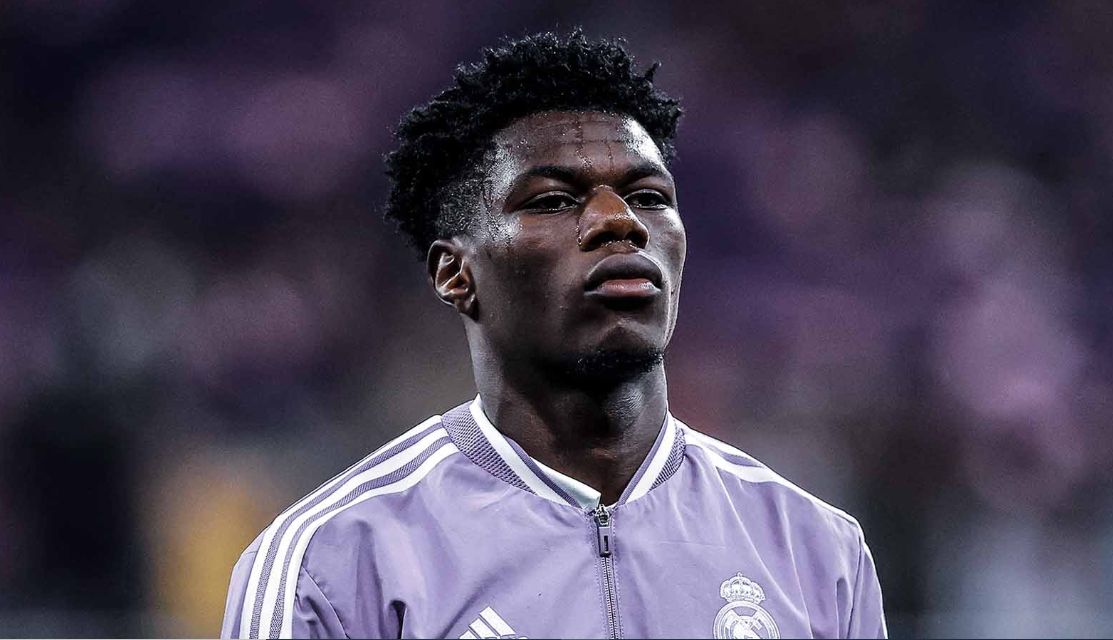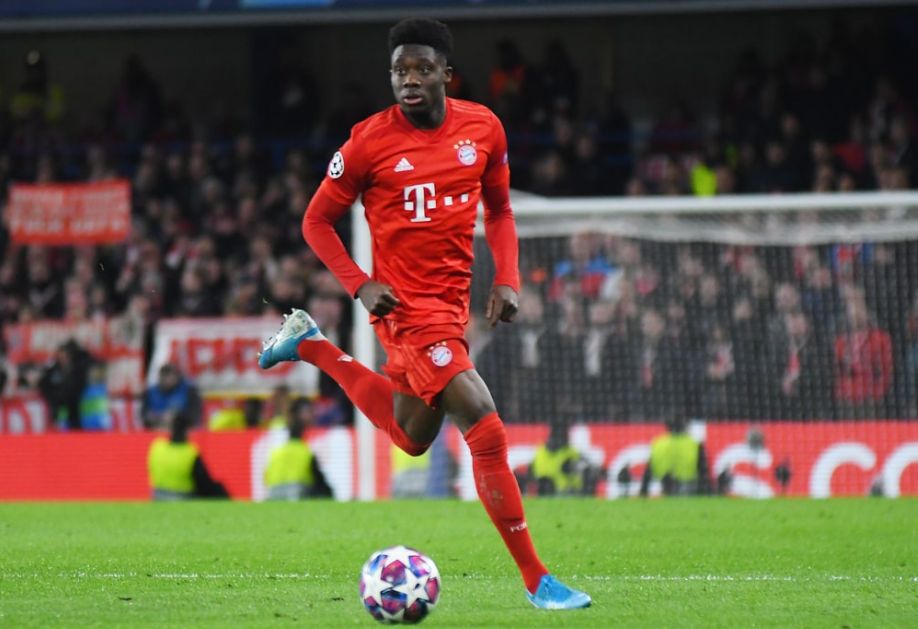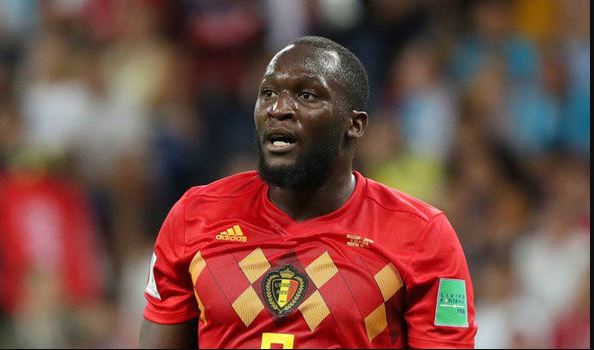In football, positions are areas on the field where players typically operate. These roles include goalkeeper, defender, midfielder, and forward.
The goalkeeper’s main role is to prevent the opposing team from scoring by blocking shots on goal. Defenders aim to stop the opposition from advancing and protect their own goal.
Midfielders link defense with attack, often controlling the flow of the game, while the Forwards focus on scoring goals and putting pressure on the opposing defense. Each position asks for specific skills and responsibilities to contribute effectively to the team’s performance.
READ ALSO: 5 Easiest Positions To Play In Soccer
What Is The Hardest Position In Soccer?
1. Goalkeeper

Many agree that being a goalkeeper is one of the toughest roles on the field. Firstly, goalkeepers have a unique responsibility: to prevent the opposing team from scoring goals.
Unlike outfield players, whose mistakes may result in lost possession or conceding territory, a goalkeeper’s mistake often leads directly to a goal against their team.
This pressure to perform flawlessly can be mentally taxing. Secondly, goalkeepers face physically demanding tasks throughout the game.
They must constantly be alert and ready to react quickly to shots on goal, which can come at them with speed and force.
Diving, jumping, and stretching to make saves put significant strain on their bodies, increasing the risk of injury. Moreover, goalkeepers often find themselves isolated during the game.
While outfield players can rely on teammates for support and assistance, goalkeepers must largely fend for themselves.
This isolation can boost the pressure they feel and requires them to possess strong mental resilience to stay focused and maintain confidence even in challenging situations. Additionally, goalkeepers must possess exceptional decision-making skills.
They must assess different factors such as the position of attackers, the trajectory of the ball, and the best course of action in a split second to make the right choices.
One wrong decision could result in conceding a goal, making decision-making critical for success in this position. Furthermore, goalkeepers face unique technical challenges. They must master a range of skills, including catching, diving, punching, and positioning, to protect their goal.
2. Central Defensive Midfielder (CDM)

Another position that consistently gets the votes as one of the most difficult positions In football is the Central Defensive Midfielder (CDM).
This position requires unique skills and attributes that make it challenging for any player. A CDM needs exceptional defensive abilities.
They must be able to read the game effectively, anticipate opposition movements, and make crucial interceptions to break up the opponent’s attacks.
Unlike other defensive positions, such as center-backs or full-backs, a CDM operates in the midfield, which means they have to cover a lot of ground and be constantly aware of the positioning of both their teammates and opponents.
A CDM is often tasked with protecting the defensive line and acting as a guard for the back four. This needs excellent positional awareness and the ability to provide cover for teammates who may have been caught out of position.
It’s a demanding role that demands constant communication and coordination with the rest of the team’s defense. Also, a CDM is not just a defensive-minded player.
They play an important role in initiating attacking moves and transitioning the team from defense to attack. A central defensive midfielder needs to be comfortable on the ball, have good passing range, and be able to make quick decisions under pressure.
They are often involved in dictating the tempo of the game and controlling possession in midfield. Moreover, do not underestimate the physical demands of playing as a CDM.
This position is needed to cover large distances throughout the game, engage in numerous tackles and duels, and often face intense pressure from opposition players. Stamina, strength, and endurance are essential qualities for success in this position.
READ ALSO: The Most Iconic Champions League Games of the Last Decade
3. Center Backs

Many experts often regard the center-back position as one of the hardest on the field. Center-backs, also known as central defenders are an integral part of the team’s defense.
Their main responsibility is to stop the opposing team from scoring goals. This position requires a combination of physical, mental, and tactical skills.
One of the key reasons why center-back is considered a difficult position is the immense pressure placed on defenders to maintain a solid defensive line.
They must possess excellent positioning and awareness to anticipate the movements of the opposing team’s attackers.
Not similar to midfielders or forwards who often receive praise for scoring goals, center-backs receive recognition for their ability to thwart goal-scoring opportunities.
Besides, center-backs must possess exceptional tackling and marking abilities. They are often charged with marking the opposition’s most dangerous forwards, requiring them to be physically strong and experienced at winning duels.
A single mistake by a center-back can lead to a goal for the opposing team. They act as leaders on the field, communicating with their fellow defenders and coordinating defensive tactics.
Again, center-backs are expected to be proficient in both aerial and ground duels. They must be able to win headers and clearances to eliminate potential goal-scoring opportunities for the opposing team. This aspect of their game demands a combination of timing, strength, and technique.
4. Fullback

While opinions may vary on which position is the hardest, many players and coaches agree that playing as a fullback can be particularly demanding.
Fullbacks are the players positioned on the left and right sides of the defensive line. Their main role is to defend against opposing attackers, while also supporting the team’s offensive efforts when possible.
These roles demand a unique skill and a high level of tactical attention. One of the main challenges of being a fullback is the need for exceptional defensive abilities.
Fullbacks must possess strong tackling skills to dispossess opposing players and stop them from advancing towards the goal.
They also need to be proficient at marking opposing wingers and forwards, anticipating their movements, and positioning themselves to intercept passes and block shots.
Similarly, fullbacks are often required to make quick decisions under pressure. They must assess the situation on the field rapidly and react accordingly to provide support to their teammates or close down opposition attacks.
This needs mental agility and the ability to stay focused throughout the game, as even a short lapse in concentration can lead to conceding a goal.
In addition to their defensive duties, fullbacks are expected to contribute to their team’s attacking play. Overlap with midfielders and wingers, providing width to the team’s formation and creating opportunities to deliver crosses into the opposition’s penalty area.
However, balancing defensive responsibilities with offensive contributions can be challenging, as fullbacks must know when to push forward and when to prioritize defensive solidity.
Another aspect that makes playing as a fullback difficult is the physical demands of the position. Fullbacks are often instructed to cover large distances during a match, sprinting up and down the flanks to both defend and attack.
READ ALSO: Top 10 Most Famous Sports In The World
5. Striker

The major responsibility of a striker is to score goals. This might sound easy, but it entails much more than simply kicking the ball into the net.
Strikers must possess exceptional accuracy, timing, and decision-making skills to capitalize on scoring opportunities. They often find themselves in high-pressure situations, needing to stay calm and composed amidst intense defensive pressure.
On top of that, strikers are constantly under study from fans, coaches, and the media. Goals are often seen as the ultimate measure of a striker’s performance, leading to heightened expectations and criticism if they fail to find the back of the net consistently.
This pressure can take a toll on a player’s confidence and mental resilience. In addition to scoring goals, strikers are also expected to contribute to the team’s overall attacking play.
Making intelligent runs to create space, holding up the ball to bring teammates into play, and providing assists when opportunities arise.
Balancing individual goal-scoring ambitions with the collective needs of the team requires a deep understanding of the game and excellent communication with fellow players.
Then again, strikers must possess physical attributes such as speed, strength, and agility to outmaneuver opposition defenders.
They usually face tough challenges from defenders who are tasked with marking them closely and preventing them from getting into goal-scoring positions.

Kenneth is a an avid soccer follower, fan and writer. He is a consistent follower of the sport and is a fan of Chelsea FC.